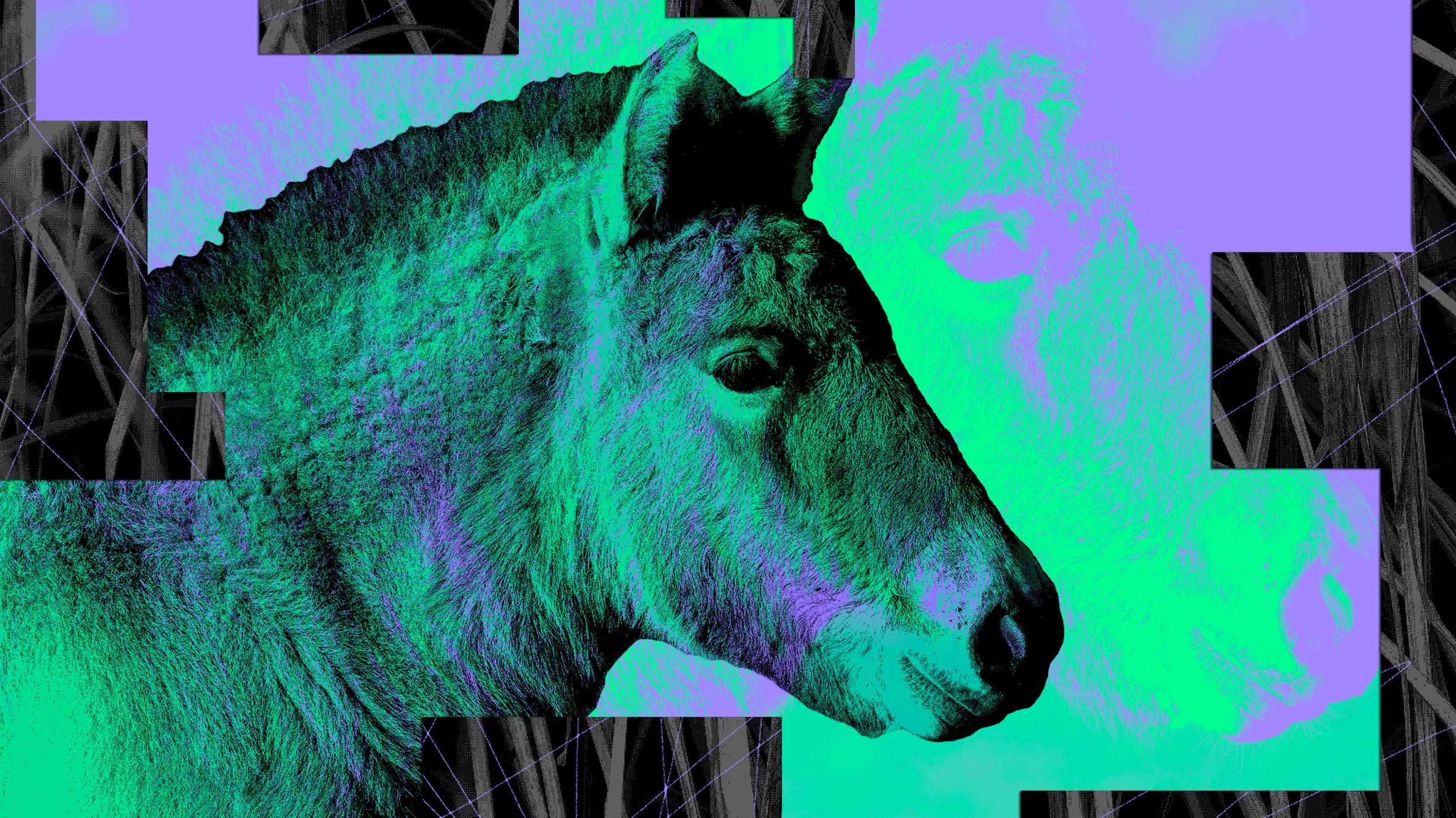
Discover the science behind conservation cloning with this insightful article by Wired magazine, featuring our second cloned Przewalski’s horse.
Article by Emily Mullin // Wired Magazine
The new Przewalski’s horse, born in February and still unnamed, is the genetic copy of the world’s first cloned Przewalski’s horse, Kurt, who was born in August 2020. Both were made from cells frozen more than 40 years ago at the San Diego Zoo. The scientists behind the effort say this second birth is evidence that cloning could be a viable strategy for saving endangered species.
“It’s certainly a milestone in conservation,” says Oliver Ryder, director of conservation genetics at the San Diego Zoo Wildlife Alliance, which worked with ViaGen and Revive & Restore to clone the foal. “It offers a new chance for reducing extinction risk and preserving the genetic diversity of species.”
As a species’ numbers dwindle, so does its genetic diversity—the range of inherited characteristics within its population. Generally, the more diverse the gene pool, the longer animals live and the more offspring they have, boosting their chances of survival. But once their population has dramatically shrunk, even if the species rebounds, genetic variation does not. “About half of the gene pool of the wild horses had been lost,” Ryder says. So scientists took matters into their own hands.
The idea of breeding livestock for desirable traits is nothing new—and for the past few decades, some ranchers have turned to cloning their most prized cattle, pigs, and sheep. The team chose the Przewalski’s horse partly because of ViaGen’s experience with cloning domestic horses, and partly because they already know a lot about how horses reproduce and how to care for foals. And perhaps most importantly, the San Diego Zoo already had stored cells from a Przewalski’s horse that was genetically different from the horses living today. Introducing that DNA into the current population could help restore lost genetic variation.
“We were looking for a species that had gone through a bottleneck and could use a boost.”
Ben Novak
Lead Scientist at Revive & Restore, as quoted in Wired Magazine
TYPICALLY, CLONING STARTS by removing a small piece of tissue—usually a skin sample—from a living animal and isolating cells from it in the lab. For the Przewalski’s horse clones, scientists used cells that had been collected from a stallion in 1980 and then cryopreserved.
Taking one of these donor cells, the scientists transferred its nucleus, where the DNA resides, into an egg from a surrogate mother that had been hollowed out to remove its own genetic material. The egg and donor cell joined together, and the embryo grew in a test tube until it matured enough to be transferred to the surrogate mother’s womb. (Domestic horses were used to carry the pregnancies for both Kurt and the new foal.) None of the animal’s genes changed in the process, so the resulting foal is an identical twin of the original horse—just born at a later time.
The birth of Dolly the sheep in 1996 was a breakthrough for cloning technology. Dolly was the first mammal cloned from a mature cell—in this case, from a donor sheep’s mammary gland. Previously, cloned animals had only been produced using cells from embryos. But this was a big limitation, because it required knowing which animals you’d want to clone, and obtaining embryos from them in advance. The ability to use mature cells meant that cloning was suddenly possible using any cell from an animal at any age.
It also opened up the possibility of cloning as a way to preserve endangered species. Collecting embryos from endangered species could waste precious genetic material if the cloning attempt failed. Collecting mature cells, which are available throughout an animal’s lifetime, is much less risky.
About the Project
Since 2012, Revive & Restore has worked to bring biotechnology to standard conservation practices, including biobanking, cloning, and de-extinction. In 2020, we helped create the world’s first cloned Przewalski’s horse, Kurt. That same year, we helped create the world’s first cloned black-footed ferret, Elizabeth Ann. Both Kurt and Elizabeth Ann highlight the genetic tools we advance to save endangered species globally.
More posts in News & Media






